During years, it was just another forgotten Algarve village on the map. Without much prominence on tourist routes, and far from the crowds seeking the Algarve in the summer months, the small cluster of houses didn't seem to have a promising future. Isolated, with silent streets and degraded structures, it represented another case of desertification typical of the Algarve's interior.
Who passed by rarely stopped. At first glance, the landscape was common: gentle hills, houses of old design, and the silence of those who stayed.
A few kilometers from the sea, but far from the euphoria of beach tourism, that place seemed doomed to oblivion. And, for some time, that's exactly what happened.
The change, however, began discreetly. First came those looking for an alternative refuge. Then, those who dreamed of recovering houses. Finally, an idea was born and, with it, a new village. The turnaround took place in just over a decade.
From nine inhabitants to the world
According to the official website of the Aldeia da Pedralva project, in 2006 only nine people lived there. The remaining houses, about 50, were in ruins, and only nine were habitable.
The decline, which began 25 years earlier, left deep marks on a village that had once housed nearly 100 residents.
Between 2006 and 2008, more than 200 heirs and owners spread across Portugal and Europe were located to negotiate the acquisition of vacant properties.
According to the same source, the Vila do Bispo City Council played a crucial role in the process, investing in electrical infrastructure, paving, and supply networks.
A slow village emerged
The goal was not just to rebuild houses, but to revive local life with a new proposal: sustainable tourism, outdoor activities, and respect for the environment.
With houses restored respecting the original architecture, the village began to welcome visitors seeking rest, authenticity, and nature.
Today, the project offers accommodation for two to eight people per house, mountain bike trails, surf lessons, and walking tours within the Southwest Alentejo and Vicentine Coast Natural Park. The village's website states that there are over 300 kilometers of trails available for mountain biking enthusiasts.
More than nature
The location allows, in addition to sports, jeep tours to Sagres or Monchique, outdoor picnics, and cultural visits to the Museum of the Sea and Land, in Carrapateira, or to the Fortress of Sagres.
The Cape St. Vincent lighthouse is another point of interest highlighted for those exploring the region.
The beaches also contribute to the tourist appeal. Salema, Boca do Rio, and Cabanas Velhas are among the most recommended for relaxing, while Praia do Amado and Praia da Bordeira are chosen by those looking for good waves. Boat tours are another suggested experience.
According to the Aldeia da Pedralva Slow Village website, the Sítio da Pedralva restaurant is one of the area's references.
The house specialty, codfish in bread Pedralva style, is pointed out as a mandatory stop for those visiting the Vicentine coast.
The rebirth of a village
What was once abandonment is now inspiration. The village was reborn with another rhythm, respecting the past, but with eyes set on the future.
Far from being a mass attraction, it has become a symbol of smart recovery and an example of tourism with identity.
Pedralva is not just an alternative Algarve village. It is, increasingly, a case study of how forgotten places can return to the map with the right ideas, local will, and respect for the land.



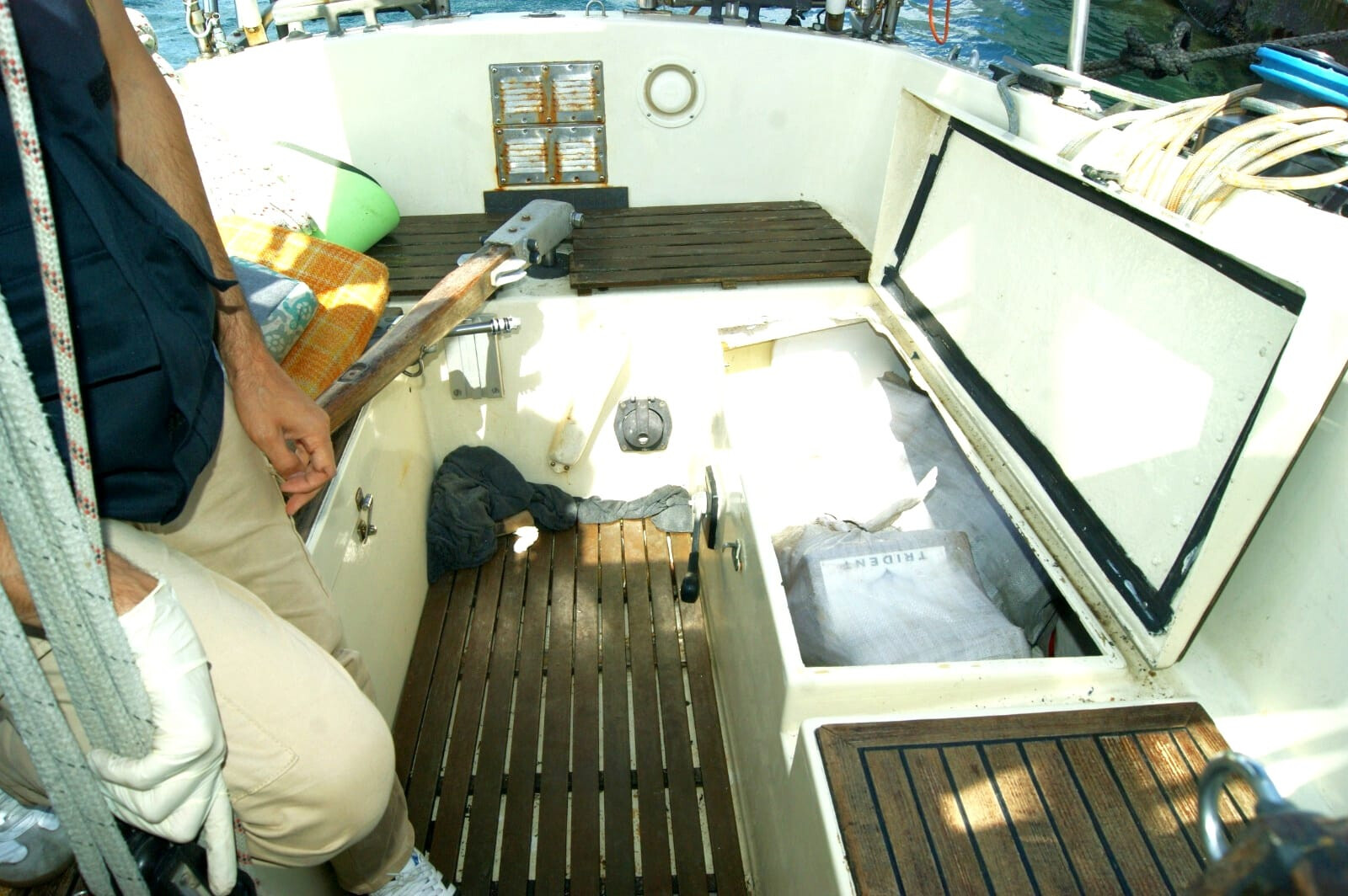





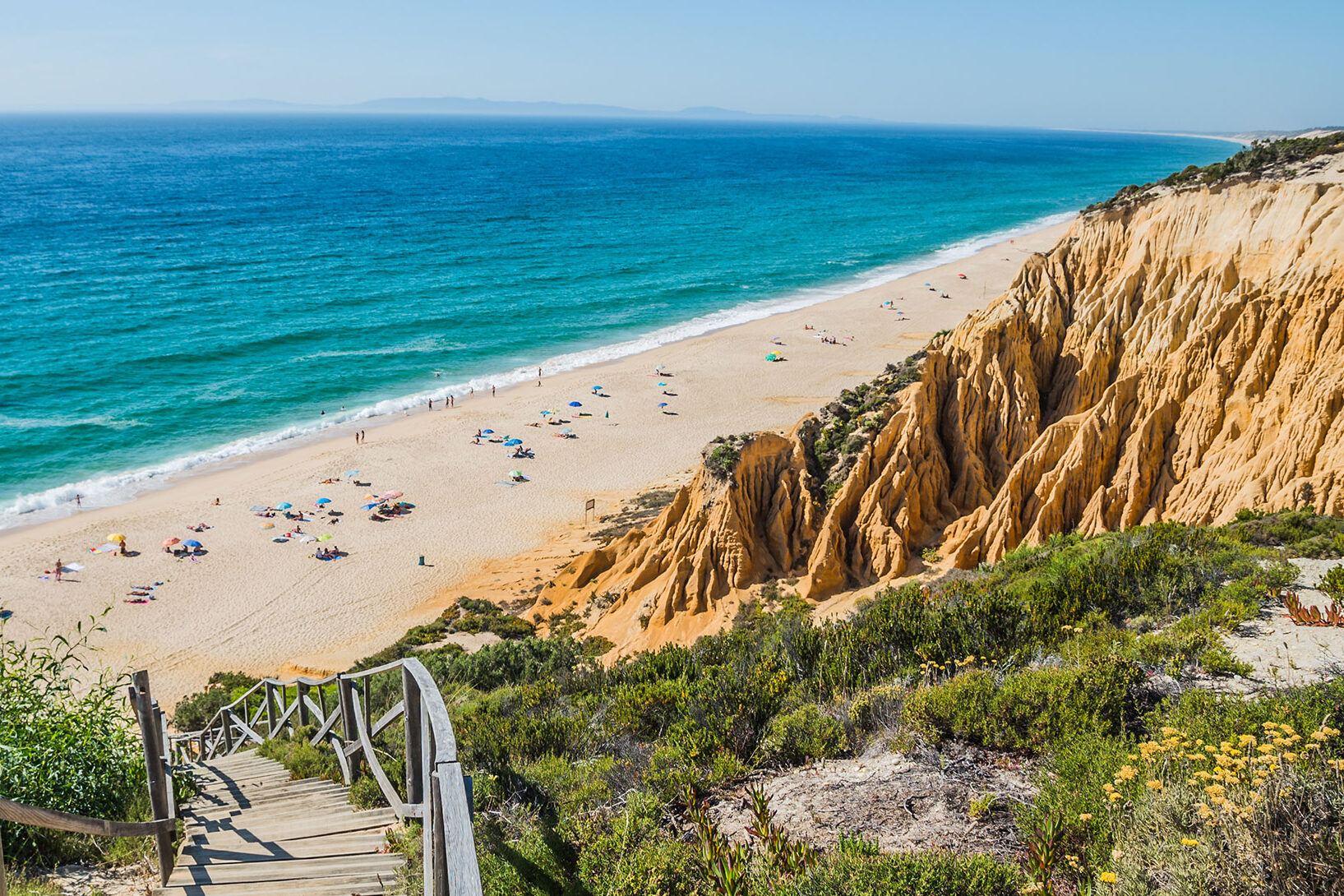

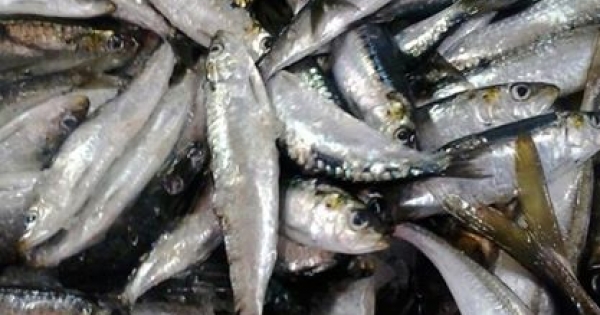
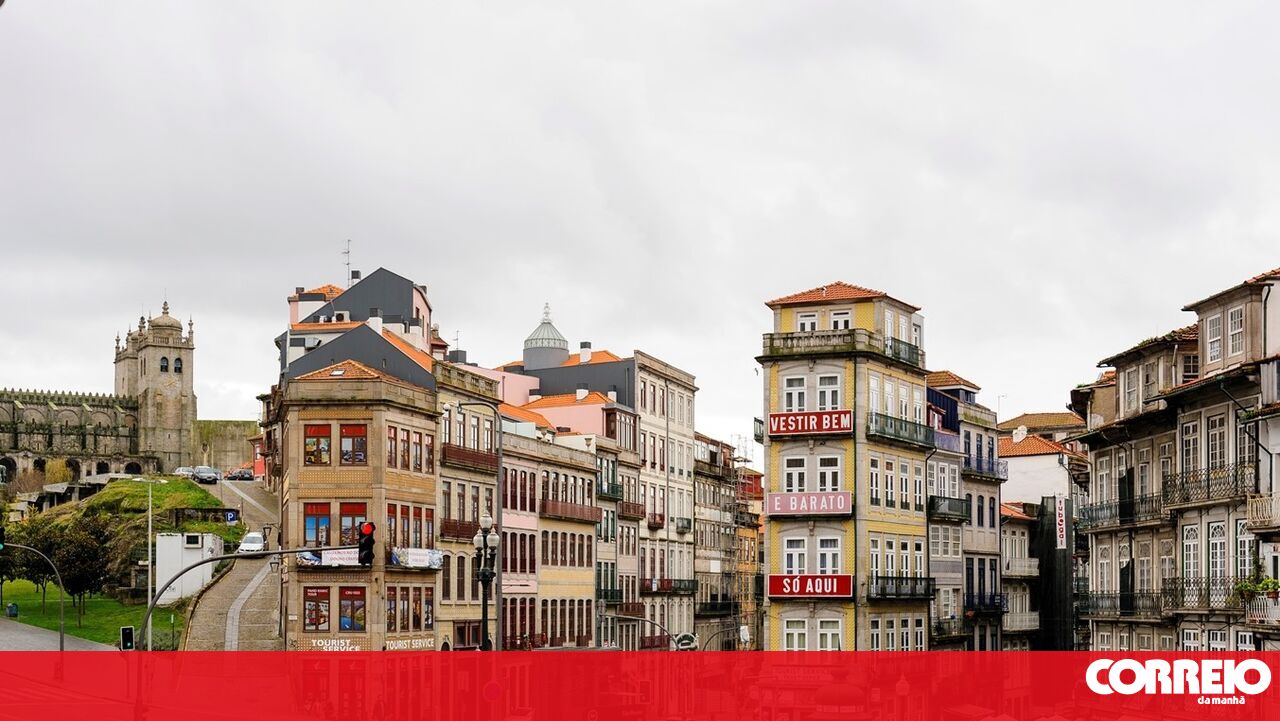




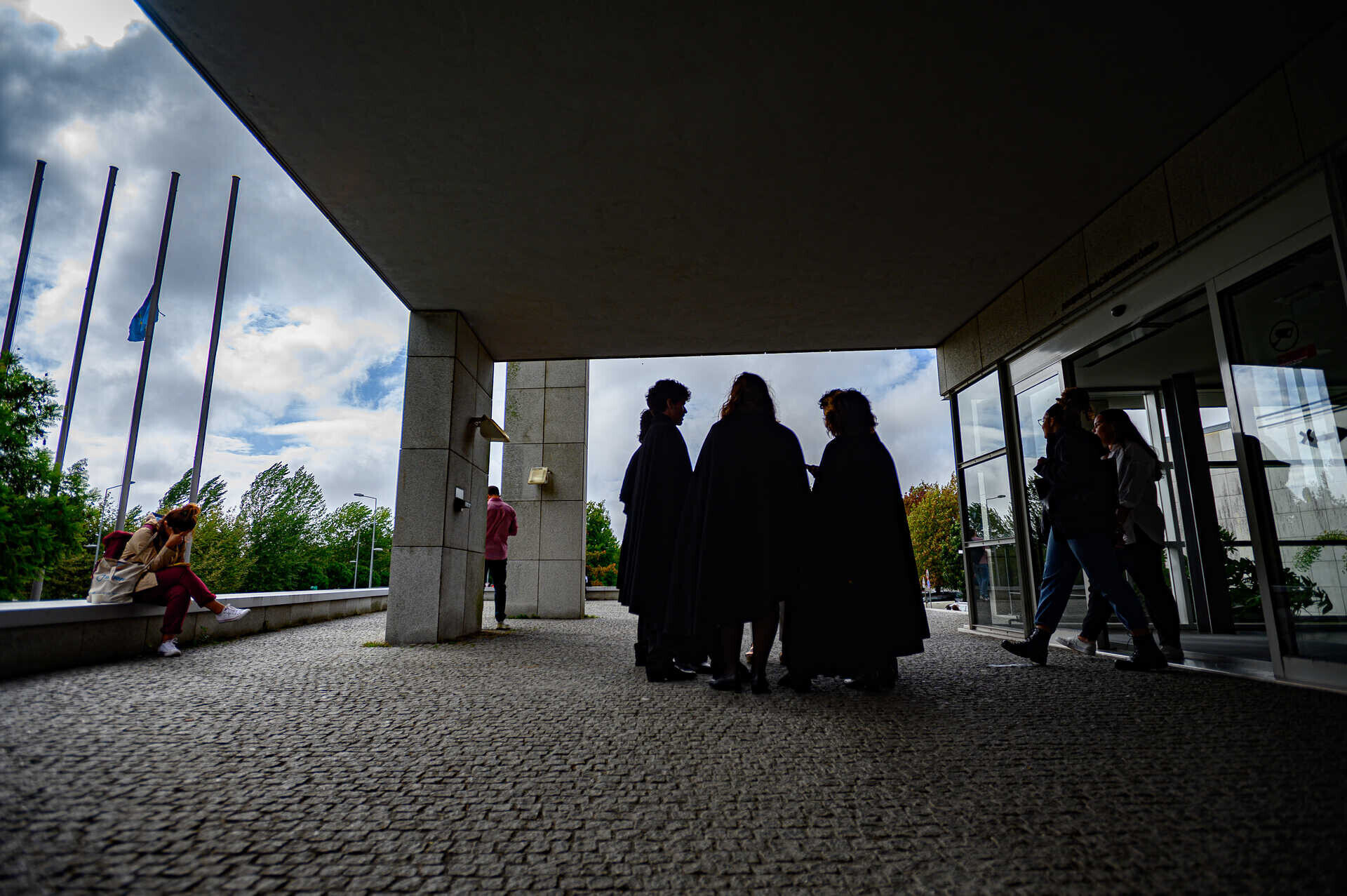

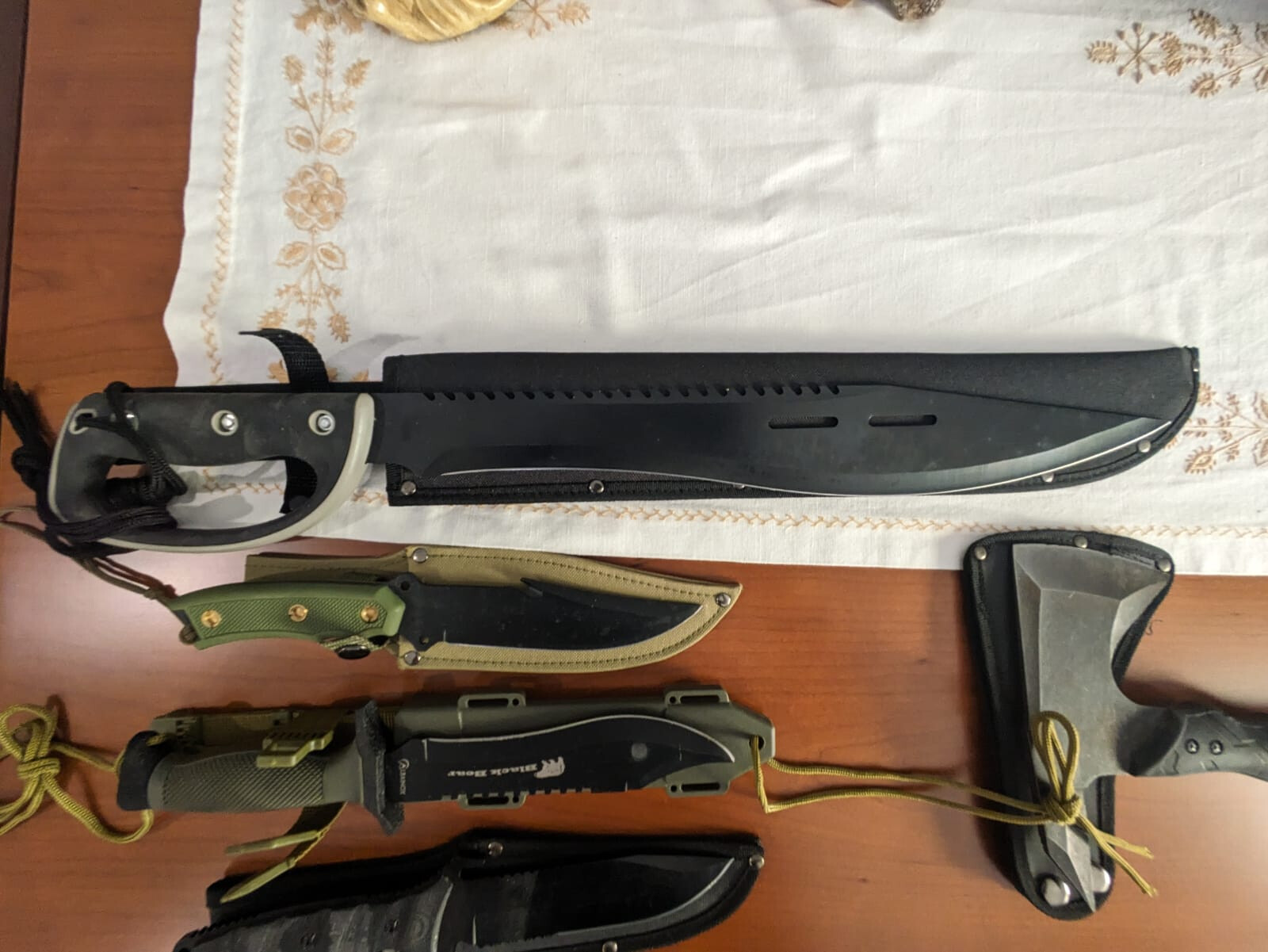

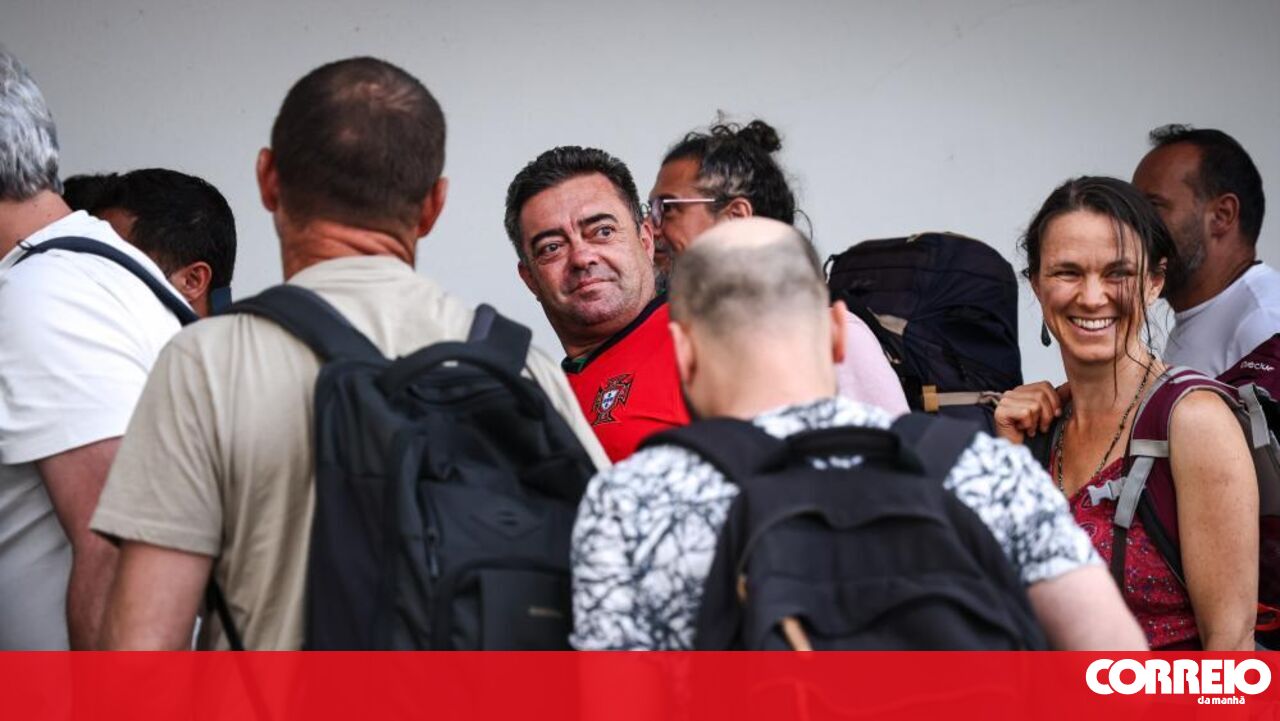




Comments
Join Our Community
Sign up to share your thoughts, engage with others, and become part of our growing community.
No comments yet
Be the first to share your thoughts and start the conversation!